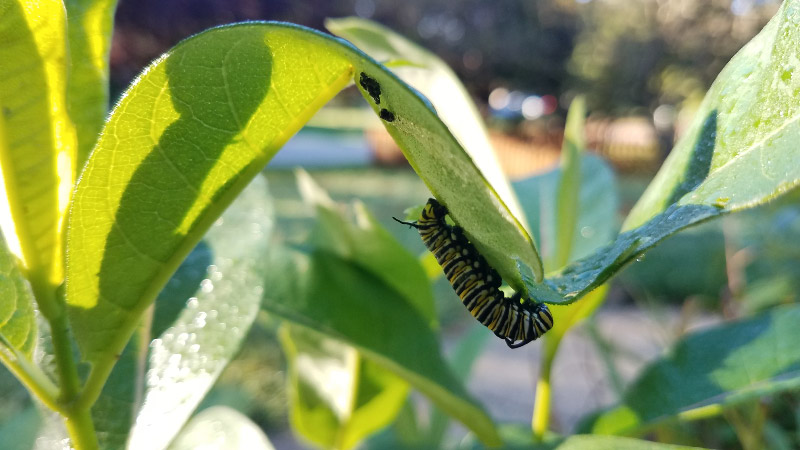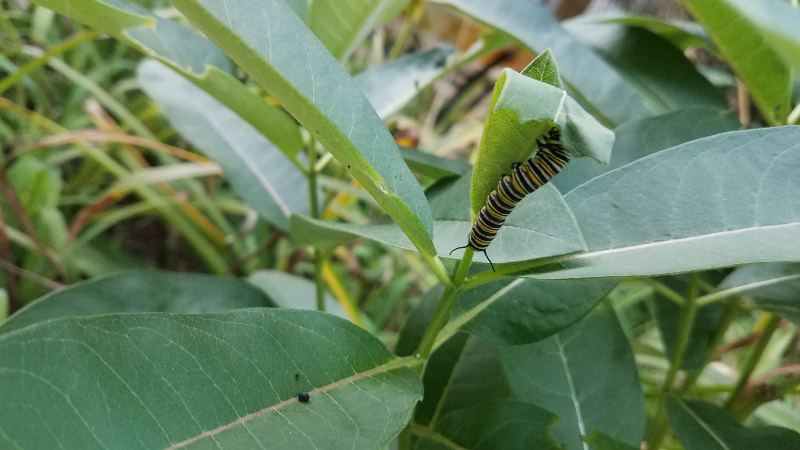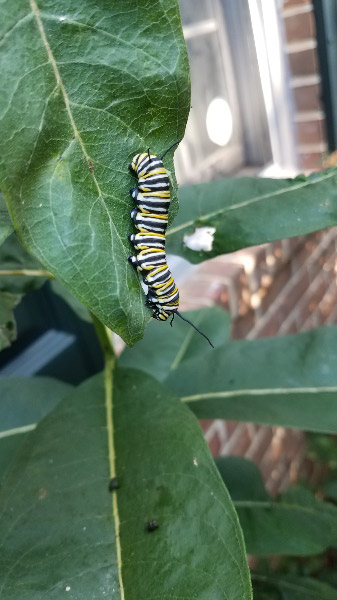Gleanings of the Week Ending November 30, 2019
/The items below were ‘the cream’ of the articles and websites I found this past week. Click on the light green text to look at the article.
US-born residents more than 5 times likely to use prescription opioids than new immigrants -- ScienceDaily – Evidently new immigrants are often healthier than non-immigrants despite their poorer background….which is a clue that there is something about American culture that influences opioid use.
Top 25 Wild Bird Photographs of the Week: Spectacular – National Geographic Society Newsroom – Enjoy the birds! We are enjoying the birds coming to our feeder and (heated) bird bath…in the trees around our house. They are easier to see now that the leaves have fallen from the tees.
50 Fish, 50 States: Small Stream Wonders – Cool Green Science – Lots of small fish! When we are in the streams with high school students, we often find small fish but since they aren’t what we are looking for – we simply put them back without identification. Maybe I should look for a simple small fish ID to take a long and start to photograph them too.
A Giant Treehouse 'Like A Castle' Is Destroyed By Fire In Tennessee: NPR – My sister and I visited this giant treehouse in 2012 when we were in that area of Tennessee. Sad that it’s gone.
Hurricanes have become bigger and more destructive for USA -- ScienceDaily – An expensive trend.
When Turkeys Attack – I’m glad the wild turkey population is recovering….hope we can develop strategies to co-exist!
Scientists study impact of sediments and nutrients from Conowingo Dam on Chesapeake Bay -- ScienceDaily – Close to home. The base of Conowingo Dam is where we go to view Bald Eagles. There is a lot of concern now about the sediment build up in the reservoir --- state governments and the utility are working to determine best options for prolonging the energy generation capacity of the dam and improving water quality into the bay.
Big Box Stores Leading the Shift to Renewable Energy - News | Planetizen – Wal-Mart and Target are all in….what about other big box stores? What about owners of shopping centers? Lots of stores are in leased spaces.
Five Architectural Firms Retained to Redesign National Mall Tidal Basin – Another ‘close to home’ in this set of gleanings. This one is in the District of Columbia. Think of the Jefferson Memorial and the cherry blossoms. Flooding has increased over the time we have living in this area (now over 35 years). Hope they can develop a good design and get the funding to implement it.
Manta Ray Populations Have Complex Social Structures | The Scientist Magazine® - A study of the reef mantas as they aggregate around the reefs of the eastern Indonesian archipelago Raja Ampat. The study showed two distinct groupings: one dominated by older females and the other a mix of sexes and ages.





































